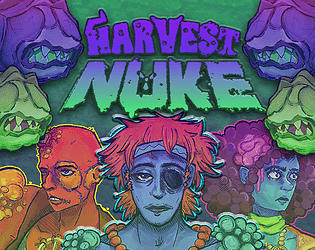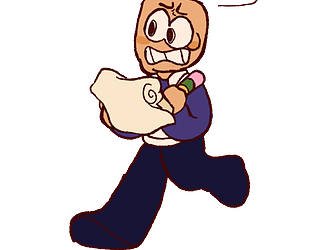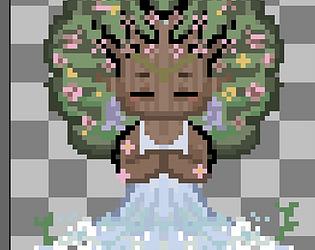Lovely little game! I always love when a game perfectly matches its aesthetics, and this does that incredibly well. The level design is simple with only few things changing between levels, but with a slight different and new challenge as each one passes. The game is never particularly difficult, nor does it stretch your mind a whole lot, it's just a very straight-forward platformer.
The aesthetics then follow suit with this. With the simplicity of the game's design comes simple visuals and audio. Nothing crazy, flashy or busy, just good, clean art and sound. It's all wrapped up so nicely, it felt very appropriate to be wrapped in a blanked while playing this haha!
I will also say the small bits of difficulty here all end up making sense:
- The slippery physics creates a slight challenge as you get to manage your air speed based on how fast you were moving on the ground, which makes certain areas on outer-most layer of the circle feel fluid while still requiring not going too fast.
- The tight spaces of the inner-most layers of the circle creates some tight jumps that did take me a couple tries to get over here and there. It also helped that the variable jump height made certain jumps possible without gaining too much momentum, making it feel good to control the character.
Overall, a solid, feel-good platformer that I'm happy to see any day of the week. Well done!




